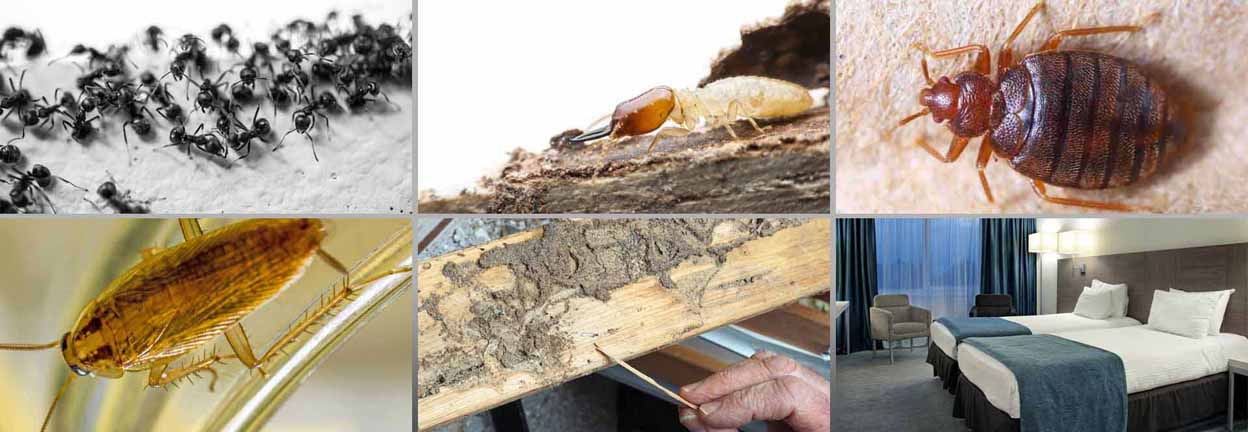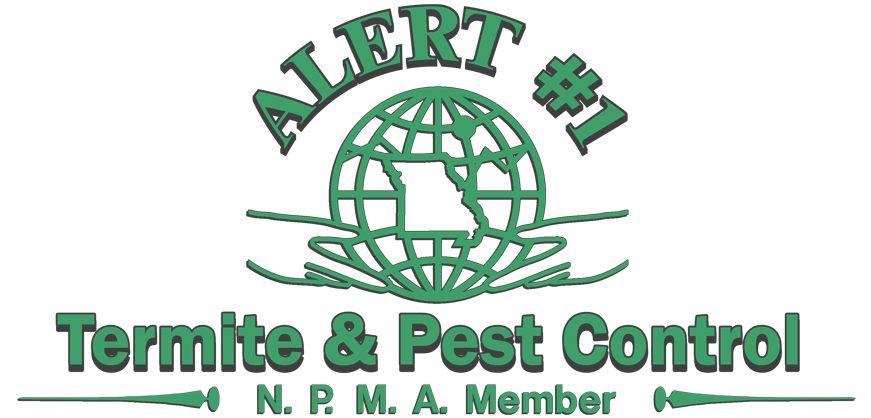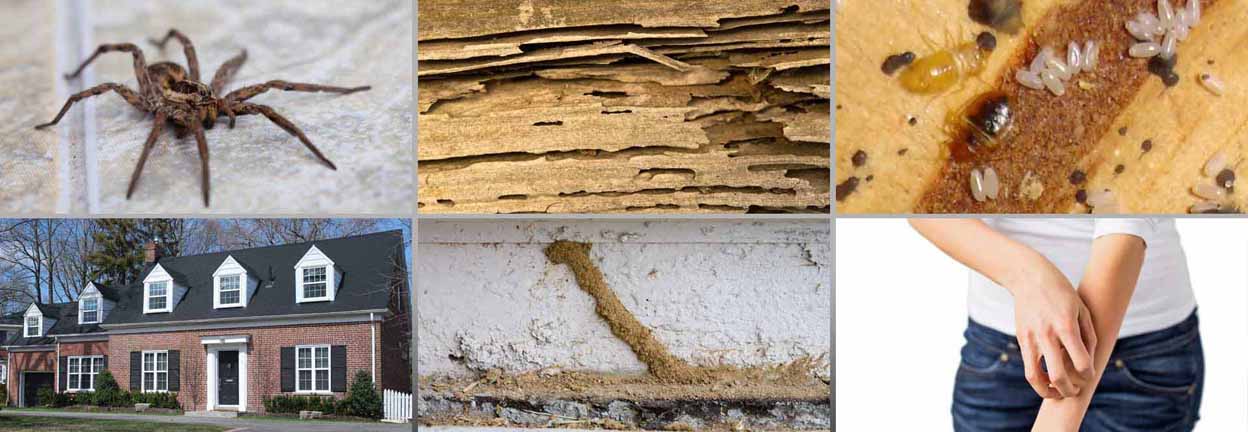Physical Controls and Bed Bugs
PHYSICAL CONTROL OF BED BUGS
Physical control is the use of hands-on methods to physically remove bedbugs from, or keep bed bugs out of the home. These include methods like vacuuming or steam-treating an area to collect or destroy bedbugs, eggs, shells, or nymphs that are in a target area or location. When using this method it is important to remember that bed bugs



